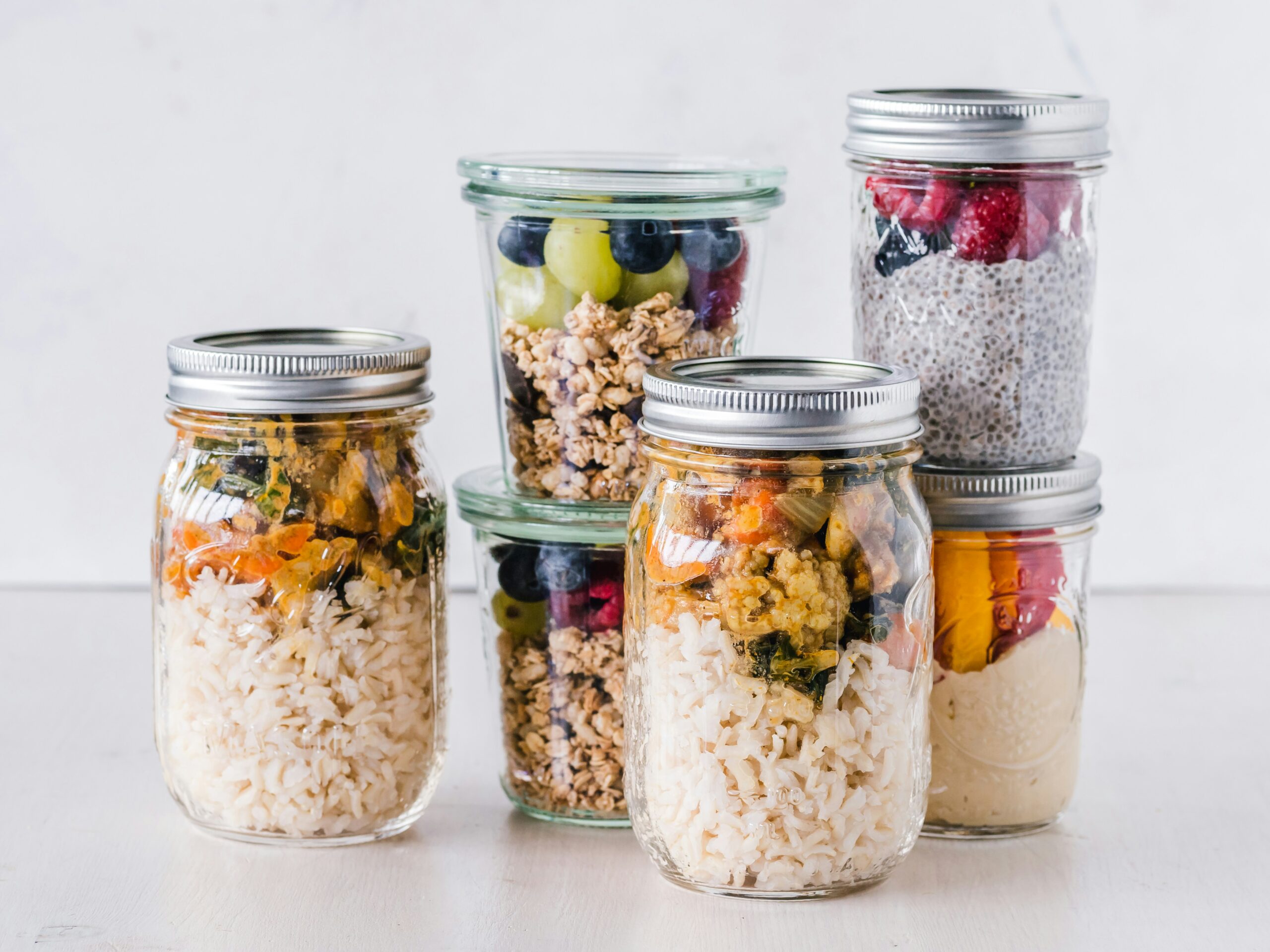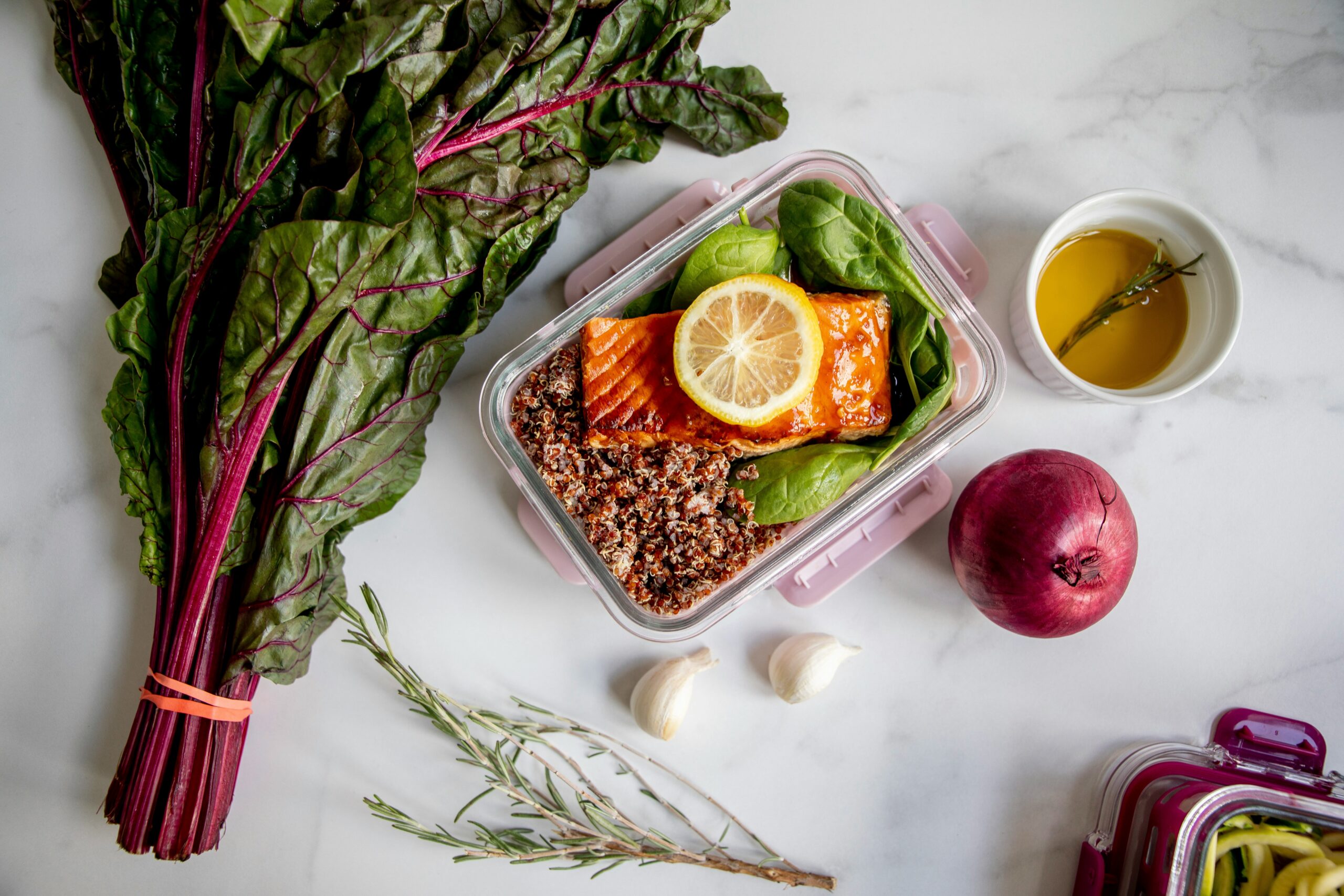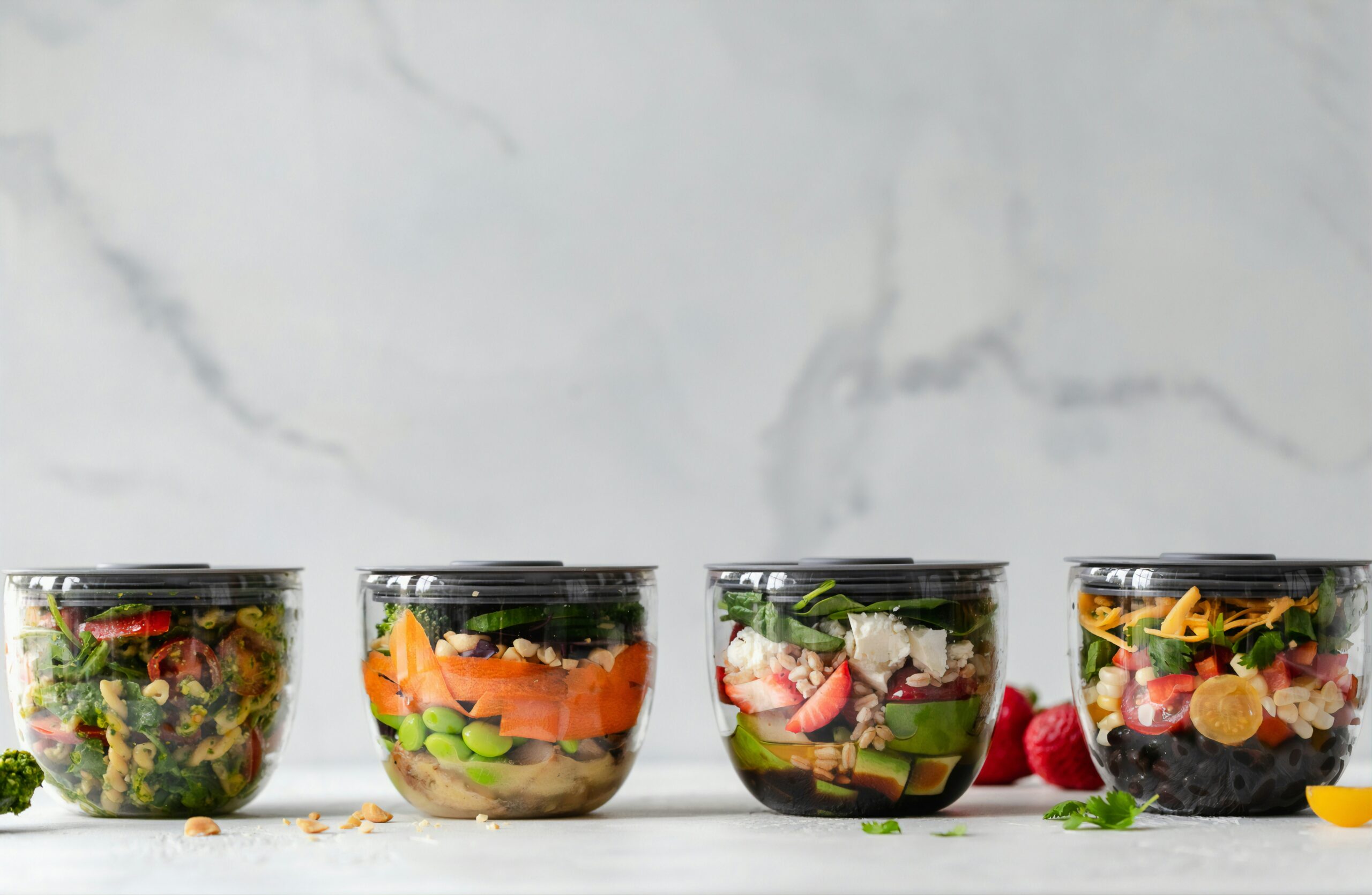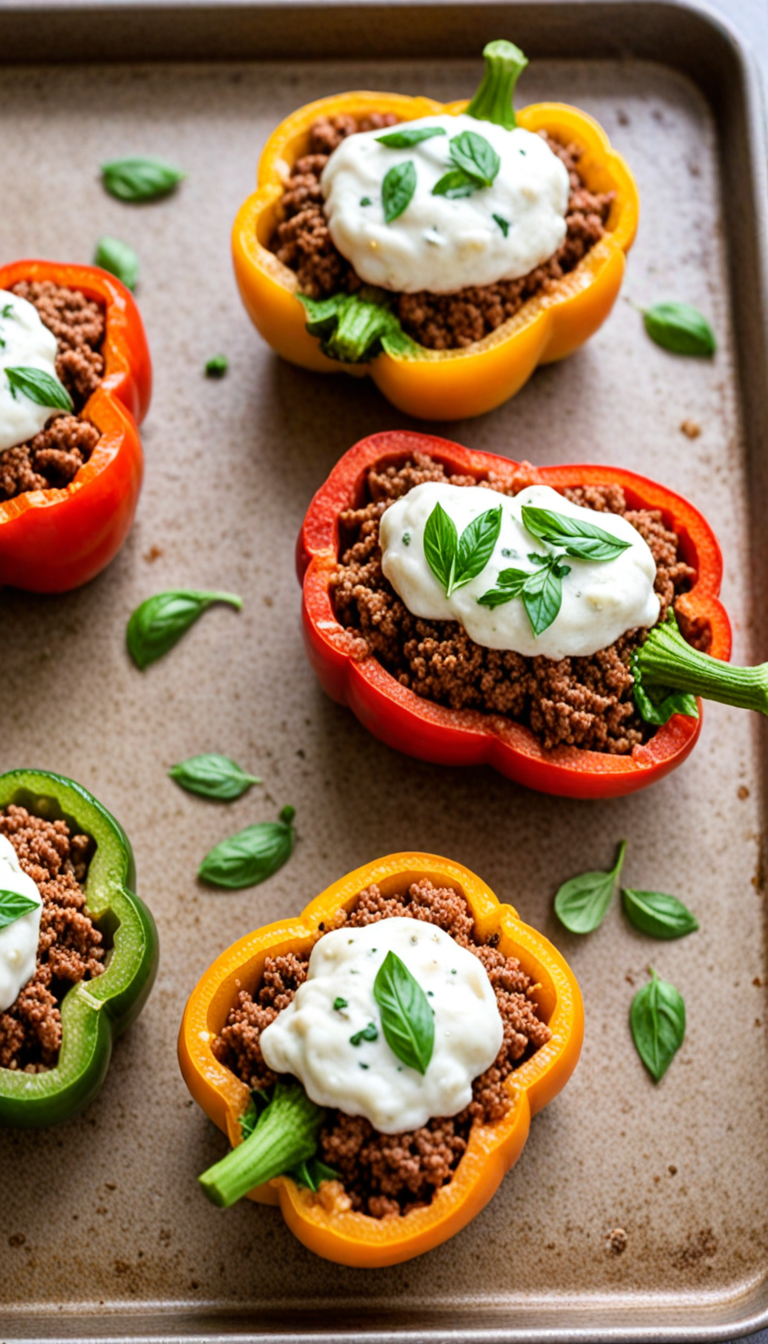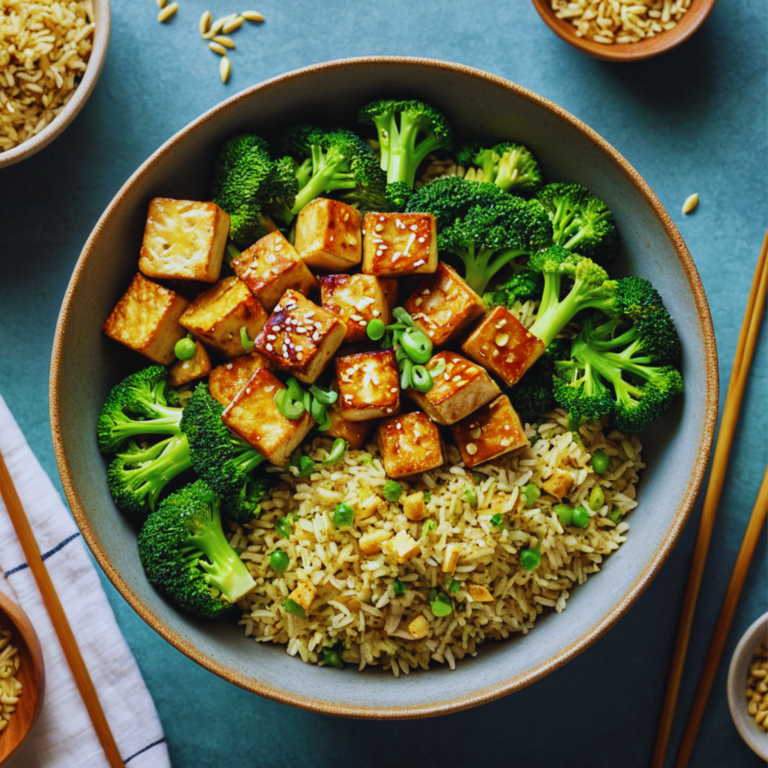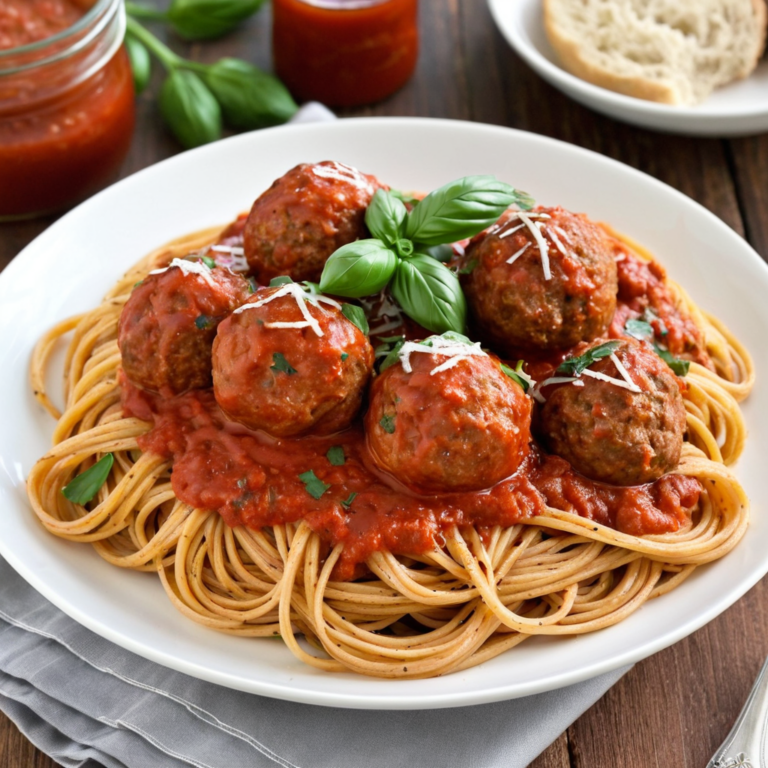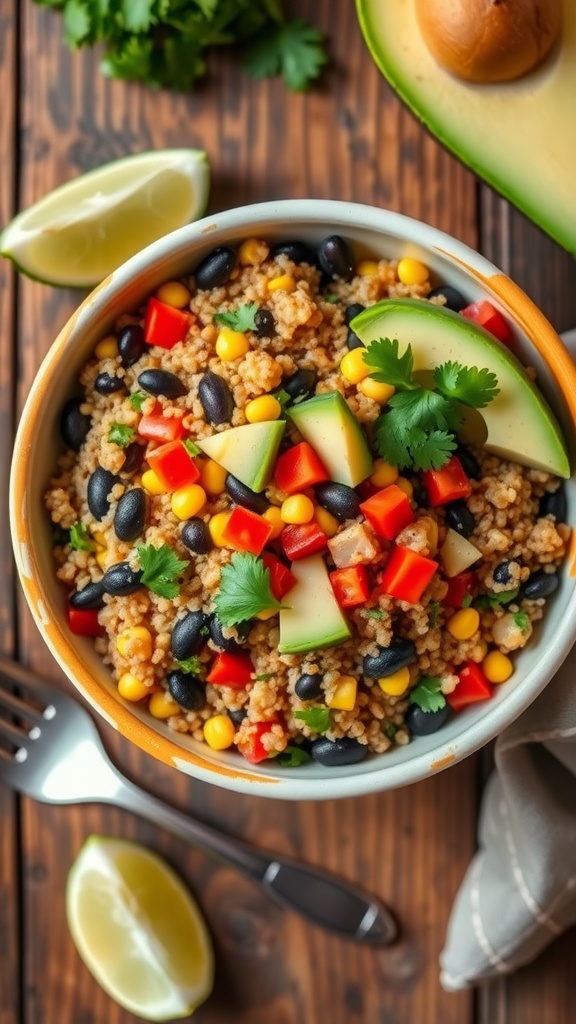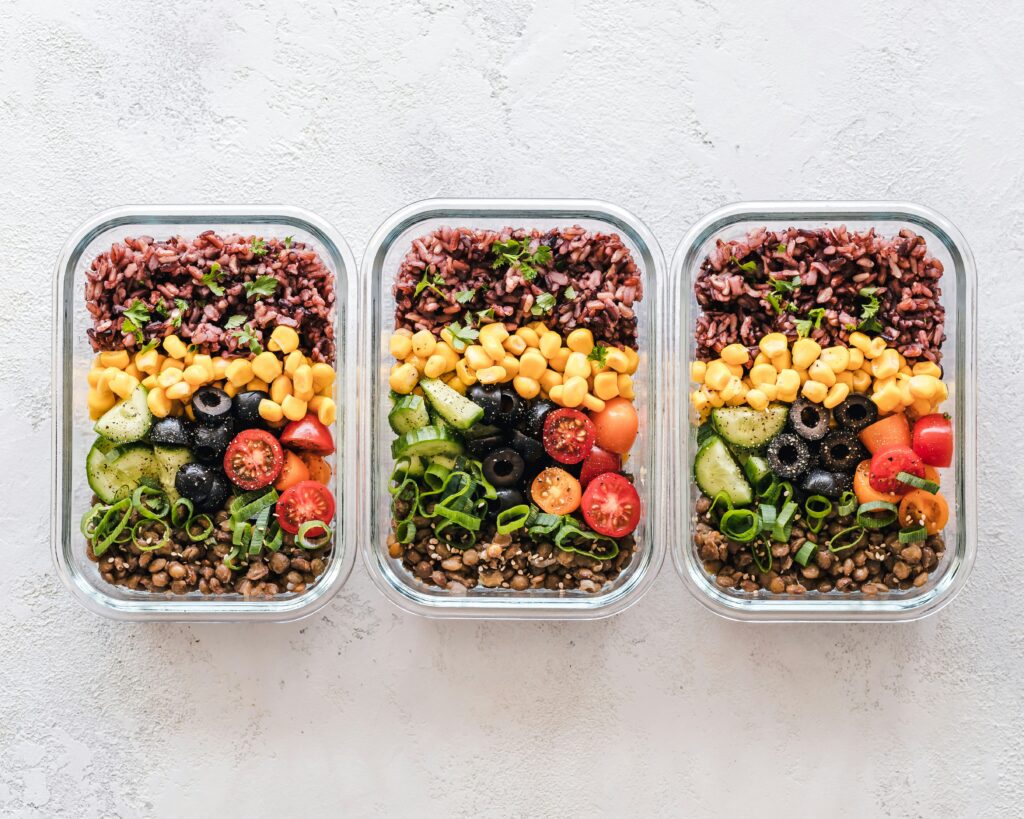
Discover the essentials of meal prepping with our beginner-friendly guide! Learn time-saving techniques, budget tips, and simple strategies to transform your eating habits. Start your meal prep journey today.
Introduction: Did you know that the average American spends over $3,000 annually on lunch at work? That’s a staggering figure that meal prepping can slash dramatically! I remember when I first started meal prepping – it seemed overwhelming, but it literally changed my life. In this comprehensive guide, I’ll walk you through everything you need to know to start meal prepping successfully. Whether you’re aiming to save money, eat healthier, or simply reduce weekday stress, this guide has you covered!
What is Meal Prepping? Understanding the Basics
Different types of meal prep: batch cooking, ingredient prep, full meals. Meal prepping comes in various forms, each catering to different lifestyles and preferences. The three main types are batch cooking, ingredient prep, and full meal prep.
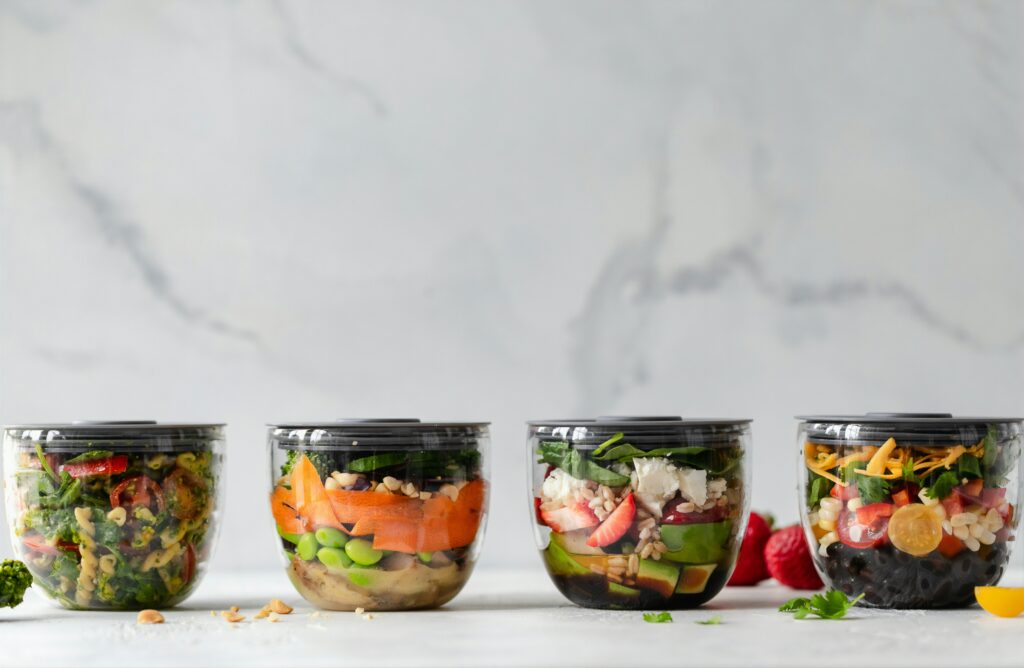
3 Benefits of meal prepping
Lorem Ipsum has been the industry’s standard dummy text ever since the 1500s.
- Health Benefits
- Meal prepping allows for better control over ingredients, portion sizes, and nutritional balance. By planning meals in advance, individuals can reduce reliance on fast food and processed meals, leading to healthier eating habits. It also supports specific dietary goals, such as weight management, muscle gain, or dietary restrictions like gluten-free or vegan diets.
- Budget Benefits
- Preparing meals in advance helps save money by reducing food waste and limiting impulse spending on takeout or dining out. Buying ingredients in bulk and cooking at home is generally more cost-effective than purchasing individual meals daily. It also allows for better use of leftovers, minimizing unnecessary expenses.
- Time Management Benefits
- Meal prepping significantly reduces daily cooking time and decision fatigue. Having pre-prepared meals on hand means less time spent planning, shopping, and cooking during busy weekdays. This convenience is especially beneficial for those with demanding schedules, allowing them to focus on work, fitness, or personal time without compromising on nutrition.
By integrating meal prepping into a routine, individuals can enjoy healthier meals, save money, and efficiently manage their time, making it a valuable habit for a balanced lifestyle.
Essential Meal Prep Equipment for Beginners
- Meal prepping is an effective way to save time, maintain a healthy diet, and stay organized in the kitchen. To make the process smooth and efficient, having the right tools and storage solutions is essential. Must-have storage containers play a crucial role in keeping meals fresh and well-organized. Glass containers with airtight lids are ideal for reheating food safely, while BPA-free plastic containers offer lightweight and stackable options for easy storage. Divided containers are great for portion control, keeping different food items separate, while mason jars work well for salads, overnight oats, and dressings. Silicone bags and vacuum-sealed containers help extend the freshness of ingredients and prevent food waste.
- Equally important are basic kitchen tools that make meal prep easier. Sharp knives and a sturdy cutting board speed up chopping, while a food processor or mandoline slicer helps with slicing and dicing in bulk. A set of mixing bowls, a vegetable peeler, and a garlic press streamline ingredient prep, while a slow cooker, instant pot, or air fryer can simplify cooking large batches efficiently.
- A food scale and measuring tools are essential for portion control and accuracy, especially for those following specific diets or tracking macronutrients. Measuring cups and spoons ensure consistency in recipes, while a digital scale helps measure proteins, grains, and other ingredients precisely. Proper portioning prevents overeating, reduces food waste, and ensures balanced meals throughout the week.
- Keeping a well-organized kitchen is just as important as the meal prep itself. Organization tools for the fridge and pantry help maximize space and keep ingredients easily accessible. Clear storage bins and stackable containers keep food visible and categorized, preventing forgotten leftovers. Lazy Susans make it easy to reach condiments and spices, while airtight containers keep dry goods like rice, pasta, and flour fresh longer. Labeling containers with dates and contents ensures that nothing goes to waste, while a meal planning board or a simple checklist can help track meals for the week.
- By investing in the right tools and maintaining an organized kitchen, meal prepping becomes a seamless and efficient habit. These essentials not only save time but also enhance the overall meal prep experience, making it easier to maintain a healthy and budget-friendly lifestyle.
Step-by-Step Guide to Your First Meal Prep Session
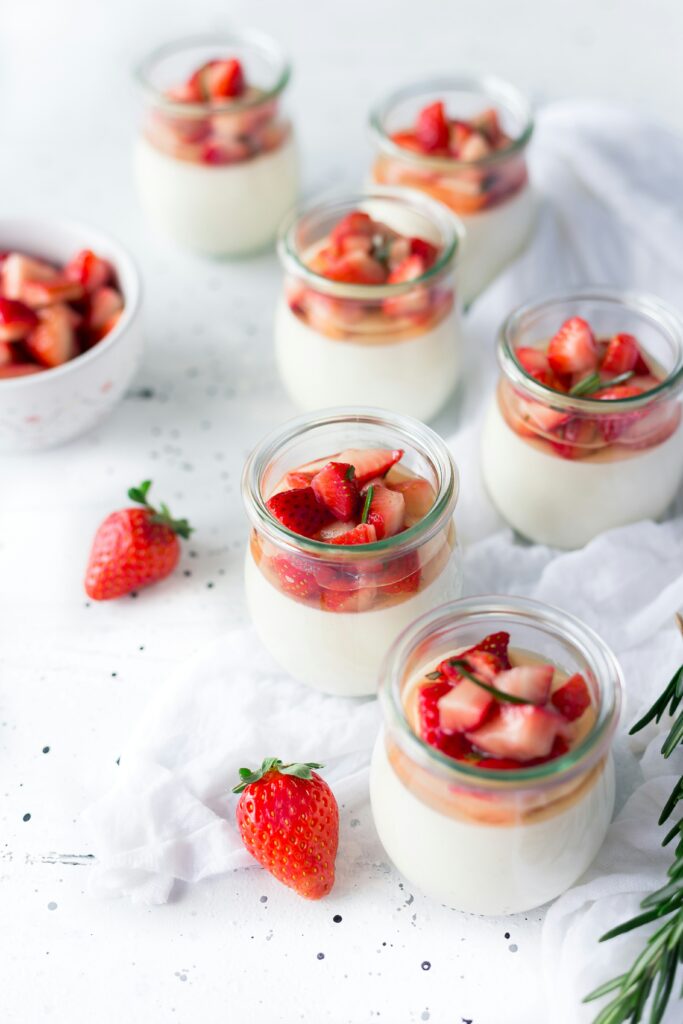
- 1. Planning Your Menu and Grocery List
- Start by deciding on meals for the week. Choose recipes that are simple, nutritious, and easy to store. Consider a mix of proteins, vegetables, and grains for balanced nutrition. If you’re new to meal prepping, start with just a few meals instead of planning for the entire week. Once your menu is set, create a grocery list organized by food categories (produce, proteins, grains, dairy, pantry items) to make shopping more efficient.
- 2. Smart Grocery Shopping Strategies
- Stick to your grocery list to avoid impulse purchases and overspending. Buy staple ingredients in bulk to save money and reduce trips to the store. Opt for fresh, in-season produce and frozen vegetables for cost-effective options. Look for versatile ingredients that can be used in multiple recipes to reduce waste. If possible, shop at a time when stores are less crowded to make the process faster and stress-free.
- 3. Kitchen Setup and Organization
- Before you start cooking, set up your workspace efficiently. Gather all necessary ingredients, kitchen tools, and meal prepping containers. Have a cutting board, sharp knives, mixing bowls, and measuring tools ready. Organize your cooking stations by grouping similar tasks together—chopping all vegetables at once, marinating proteins, and cooking grains simultaneously. This setup will save time and prevent unnecessary mess.
- 4. Time Management During Prep Sessions
- Maximize efficiency by following a structured workflow. Start with foods that take the longest to cook, such as grains, roasted vegetables, or slow-cooked proteins. While those are cooking, focus on chopping vegetables, portioning snacks, or preparing sauces. Batch-cook similar ingredients at once—roasting multiple vegetables together or cooking all proteins in a single pan. Use timers to avoid overcooking, and clean as you go to keep your workspace tidy.
- 5. Basic Food Safety Guidelines
- Proper food handling is essential to ensure freshness and prevent spoilage. Always wash your hands and sanitize surfaces before prepping. Store raw meats separately from other ingredients to avoid cross-contamination. Let cooked foods cool before placing them in airtight containers to prevent bacterial growth. Label your containers with dates and use perishable items within 3–4 days. For longer storage, freeze meals in portioned containers and thaw them safely in the fridge before reheating.
- By following these steps, your first meal prep session will be efficient, stress-free, and rewarding. Over time, you’ll develop a system that fits your lifestyle, making healthy eating more convenient and budget-friendly.
Beginner-Friendly Meal Prepping Ideas
Lorem Ipsum has been the industry’s standard dummy text ever since the 1500s.
Meal prepping doesn’t have to be complicated! These beginner-friendly meal ideas will help you get started with simple, nutritious, and delicious options for every meal.
Easy Breakfast Prep Options
Start your day with quick, nutritious breakfasts that require minimal morning effort:
Overnight Oats – Combine oats, milk (or yogurt), chia seeds, and fruit in a jar for a ready-to-eat breakfast.
Egg Muffins – Whisk eggs with veggies, cheese, and protein (like turkey or ham), then bake in a muffin tin for grab-and-go breakfasts.
Greek Yogurt Parfaits – Layer yogurt, granola, and berries in small containers for a refreshing and protein-packed option.
Smoothie Packs – Pre-portion frozen fruit, spinach, and protein powder into bags. Blend with milk or juice when ready.
Simple Lunch Combinations
Lunches should be balanced and easy to assemble:
Mason Jar Salads – Layer dressing at the bottom, followed by grains, proteins, and greens to keep ingredients fresh.
Chicken & Quinoa Bowls – Pair grilled chicken with quinoa, roasted veggies, and a simple vinaigrette.
Turkey & Avocado Wraps – Whole wheat tortillas filled with lean turkey, avocado, spinach, and a light dressing.
Bento Box Lunches – Mix sliced deli meat, cheese, crackers, fruit, and nuts for a well-rounded meal.
Mix-and-Match Dinner Components
Create versatile dinner options by preparing a few staple ingredients to mix and match throughout the week:
Proteins: Grilled chicken, baked salmon, tofu, or ground turkey.
Grains: Brown rice, quinoa, whole wheat pasta, or couscous.
Veggies: Roasted broccoli, bell peppers, zucchini, or steamed green beans.
Sauces: Pesto, hummus, teriyaki, or garlic butter for variety.
Assemble different meals using these components, like stir-fries, grain bowls, or tacos.
Healthy Snack Prep Ideas
Keep nutritious snacks on hand to avoid unhealthy cravings:
Hummus & Veggie Packs – Pre-portion hummus with sliced carrots, cucumbers, and bell peppers.
Hard-Boiled Eggs – A protein-packed snack that stays fresh for several days.
Energy Bites – Blend oats, peanut butter, honey, and chia seeds into bite-sized snacks.
Nut & Fruit Mix – Make DIY trail mix with almonds, walnuts, dried fruit, and dark chocolate chips.
Portion Control Guidelines
Proper portioning helps maintain balanced eating:
Use the Plate Method – Fill half your plate with veggies, a quarter with protein, and a quarter with whole grains.
Weigh Proteins – Aim for 3-4 ounces (about the size of a deck of cards) per meal.
Measure Carbs & Fats – Use measuring cups or a food scale to keep portions in check.
Pre-Portion Snacks – Store nuts, fruit, or yogurt in small containers to avoid overeating.
By using these beginner-friendly meal prep ideas, you can simplify your routine, eat healthier, and save time throughout the week.
10 Best how to meal prep strategies for success
- Plan Your Meals in Advance – Create a meal plan for the week based on your schedule, dietary goals, and preferences. This prevents last-minute unhealthy food choices and ensures you have all necessary ingredients.
- Make a Detailed Grocery List – Write down everything you need before heading to the store. Organize the list by category (produce, proteins, pantry items) to make shopping faster and more efficient.
- Use Batch Cooking – Cook large portions of proteins, grains, and vegetables at once. This saves time and allows you to mix and match different components for varied meals throughout the week.
- Choose Freezer-Friendly Meals – When meal prepping can I freeze? Yes! Prepare meals that can be frozen, such as soups, stews, and casseroles. Portion them into airtight containers to extend their shelf life and reduce food waste.
- Invest in Quality Storage Containers – Use airtight glass or BPA-free plastic containers to keep food fresh longer. Divided containers help with portion control, while mason jars work great for salads and snacks.
- Prep Ingredients, Not Just Full Meals – If you prefer cooking fresh meals daily, pre-chop vegetables, marinate proteins, and cook grains in advance. This speeds up meal assembly without sacrificing freshness.
- Keep Meals Simple and Balanced – Stick to a combination of lean protein, fiber-rich vegetables, and whole grains. Avoid overcomplicated recipes to make meal prepping sustainable.
- Label and Date Your Meals – Use labels on containers to track when meals were prepared. This helps prevent food waste and ensures you eat meals while they’re still fresh.
- Schedule a Consistent Prep Day – Set aside a specific day (such as Sunday) for meal prepping. Making it a routine helps you stay organized and ensures you always have healthy meals available.
- Clean As You Go – To avoid a messy kitchen, wash utensils, cutting boards, and dishes while cooking. This makes meal prep more enjoyable and saves cleanup time.
By following these meal prepping strategies, you can simplify your weekly routine, eat healthier, and save both time and money!
Conclusion: Ready to transform your eating habits and save countless hours in the kitchen? Meal prepping isn’t just about having ready-made meals – it’s about investing in your health and well-being while saving time and money. Start small, stay consistent, and watch as meal prepping becomes second nature. Remember, every master meal prepper started as a beginner! Why not start your journey this Sunday? Your future self will thank you!
